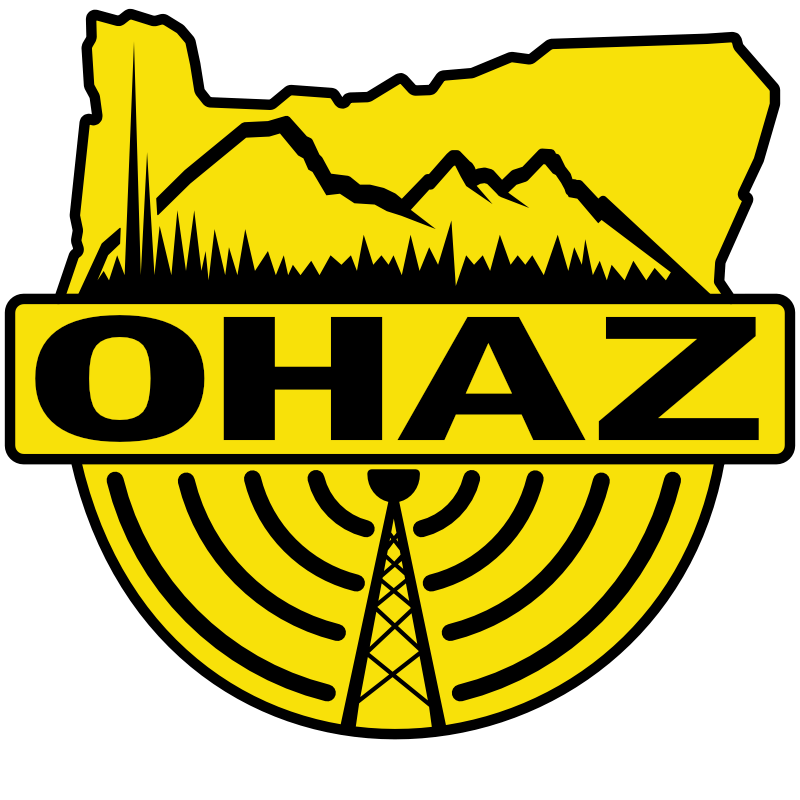Earthquake Early Warning is Now Available in Canada
By late 2024, over 10 million Canadians will be able to receive earthquake alerts before they feel dangerous shaking.
Working with federal, Indigenous, provincial, and territorial organizations, Canada has developed a national earthquake early warning (EEW) system for at-risk regions of the country: western British Columbia, eastern Ontario, and southern Quebec. Canada’s EEW system will alert the public through the National Public Alerting System, which will automatically deliver alerts through compatible cell phones, radio, and cable and satellite television. The Canadian EEW system will also directly alert public and private sector partners, such as operators of critical infrastructure, who have opted into being alert delivery providers and can use this information to trigger other actions that enhance safety.

EEW helps to reduce the impacts of a major earthquake by providing seconds to tens of seconds of warning prior to the arrival of strong shaking. These alerts reduce injuries and loss of life by giving people time to protect themselves, and can also help to reduce the economic impact of earthquakes and the time needed for recovery. EEW has been available in British Columbia since May 2024, and will be available in eastern provinces beginning in autumn 2024.
Who Operates Canada's Earthquake Early Warning System?
Canada’s national EEW system was developed by Natural Resources Canada (NRCan), the department of the Canadian government responsible for natural resources and earth sciences. NRCan has built a network of over 400 seismic sensors as well as accompanying software and algorithms that can quickly detect earthquakes, estimate how much shaking they may cause, and automatically deliver alerts to impacted areas. These sensors were deployed in western British Columbia as well as regions in Ontario and Quebec along the Ottawa River valley and the St. Lawrence Seaway.

Most earthquake risk is concentrated along the coast of British Columbia, due to threats posed by the Queen Charlotte Fault off the coast of Haida Gwaii as well as the possibility of a megathrust earthquake along the Cascadia Subduction Zone. This is where most of the nation’s major earthquake activity occurs. But even though earthquakes in eastern Canada may have lower magnitudes, they can still cause significant damage. Because the earth’s crust is denser in this region, seismic waves retain their strength over greater distances and therefore can impact a much wider area.
How are the United States and Canada Collaborating to Keep You Safe?
Earthquakes threaten the safety of people and infrastructure across geopolitical boundaries. For this reason, collaboration is key to safety in neighboring nations, particularly in border areas. EEW is an ideal example of international partnership that includes collaboration among federal, Indigenous, Tribal, state, provincial, territorial, and local partners to advance public safety. Canada’s EEW system is distinct from the ShakeAlert Earthquake Early Warning System, which is operated in the United States by the U.S. Geological Survey (USGS) and university partners like the Oregon Hazards Lab. However, the USGS and NRCan are working closely together to share processing software, algorithms, real-time data, and public safety information. For example, an earthquake that is large enough to produce significant shaking in many parts of British Columbia and the West Coast of the United States will be detected by both EEW systems. Alerts may be delivered on both sides of the border by each country’s EEW system. People near the border may receive multiple alerts triggered by either or both EEW systems. The key is to take a protective action immediately, regardless of where the alert originated. As soon as you feel shaking or get an alert, Drop, Cover, Hold On!

For general inquiries, contact the NRCan Earthquake Early Warning Program at eewinfo-infoasp@nrcan-rncan.gc.ca or at 613-995-1006.
For media inquiries, contact NRCan Media Relations at media@nrcan-rncan.gc.ca or at 343-292-6100.
